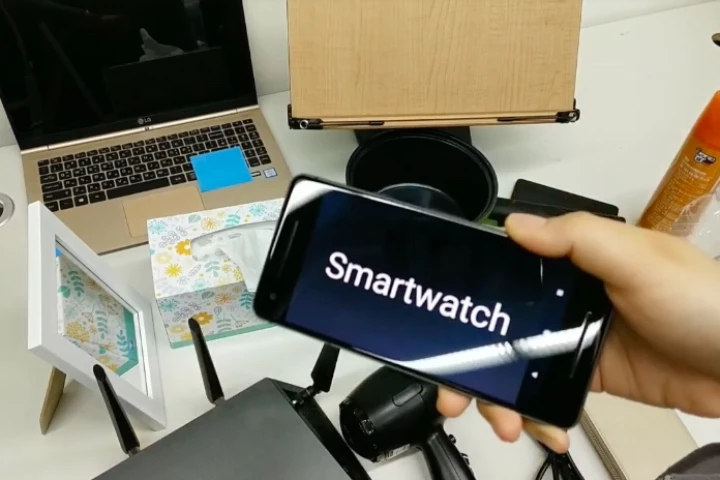KAIST
-
Medical implants that help regulate activity in the brain could go a long way to treating conditions like Parkinson's and depression, and scientists have just developed one with some very useful functionality.
-
A new study is providing insights into a cellular energy pathway linked to longer lifespan. The research, conducted in human cells and roundworms, raises the prospect of anti-aging therapeutics that can extend lifespan by activating this pathway.
-
As we continue to explore other planets, we're going to want to know not only what's on their surface, but also what's underneath it. That's where the Mole-bot comes in – it's a robot that autonomously tunnels its way through the ground.
-
The Sun is a great source of energy, but of course those rays can be damaging as well. Engineers in Korea have now developed a new way to make perovskite solar cells to protect them from the elements without reducing their efficiency.
-
A new smartphone-based system can identify objects simply by being knocked against them.
-
If you build a soft robot, you don't want to put rigid actuators inside. With that in mind, scientists have created pliable artificial muscles.
-
Hooking our brains up to machines could mean new forms of treatment for brain diseases such as Alzheimer’s. A new device shows promises in this regard, with an ability to be loaded up with different cartridges depending on the treatment needed and triggered remotely with a smartphone.
-
Xenos peckii is a parasitic insect that spends much of its life cycle within the body of a wasp, but it's also known for its unusual eye structure. By copying that structure, scientists have created an ultra-slim camera that could allow for the manufacturing of thinner-than-ever smartphones.
-
Studies have already shown that by irradiating bald skin using red lasers, hair follicles can be stimulated into growing new hair. Unfortunately, though, such laser setups are large, cumbersome and energy-inefficient. With that in mind, scientists have developed a wearable LED photostimulator.
-
Although there already are devices that let you objectively check if you've got bad breath (aka halitosis), they typically require a power source and an involved calibration process, plus they often aren't very sensitive or quick to respond. A newly-developed sensor, however, could change that.
-
We’re so used to having devices powered by lithium-ion batteries that it’s hard to imagine using anything else, but there are plenty of alternatives. The latest, an aqueous hybrid capacitor, is stable, safe and boasts high energy and power densities, recharging in as little as 20 seconds.
-
In what may be a preview of the future of athletics, Hubo, a humanoid robot, carried the Olympic torch in Daejeon, South Korea as part of the relay leading up to the 2018 PyeongChang Winter Olympics. The robot had to perform a disaster rescue operation to hand off the torch to the next runner.
Load More











